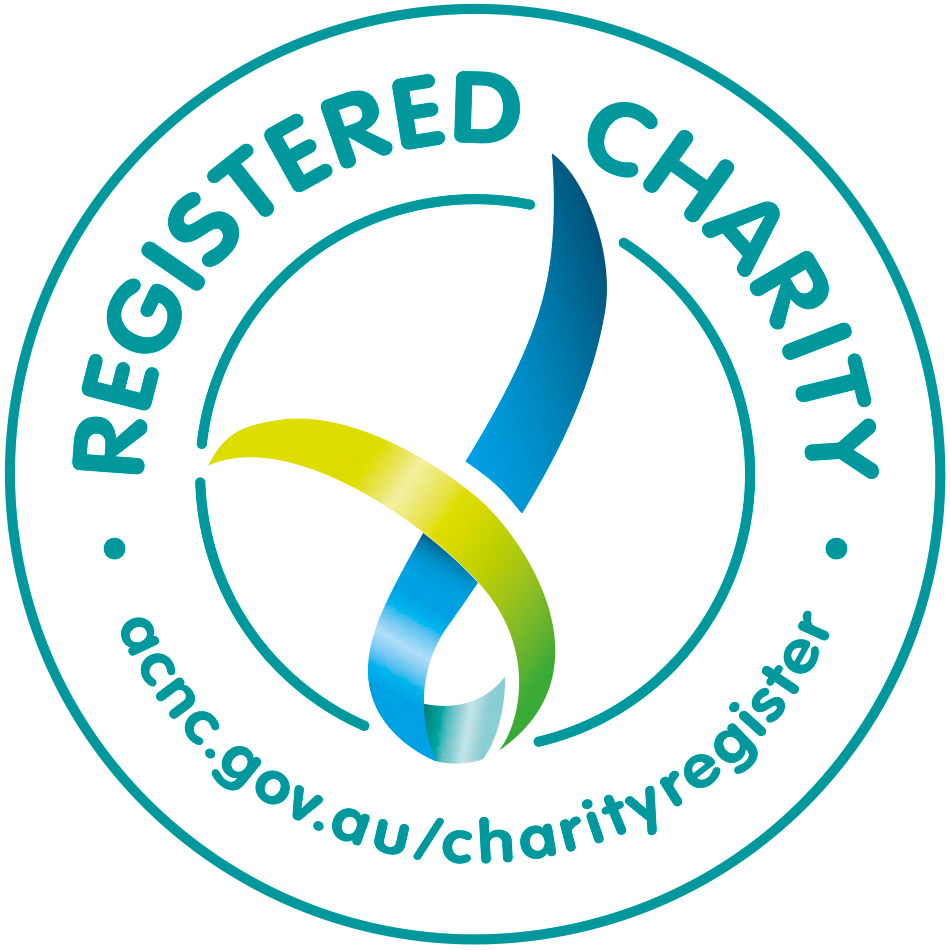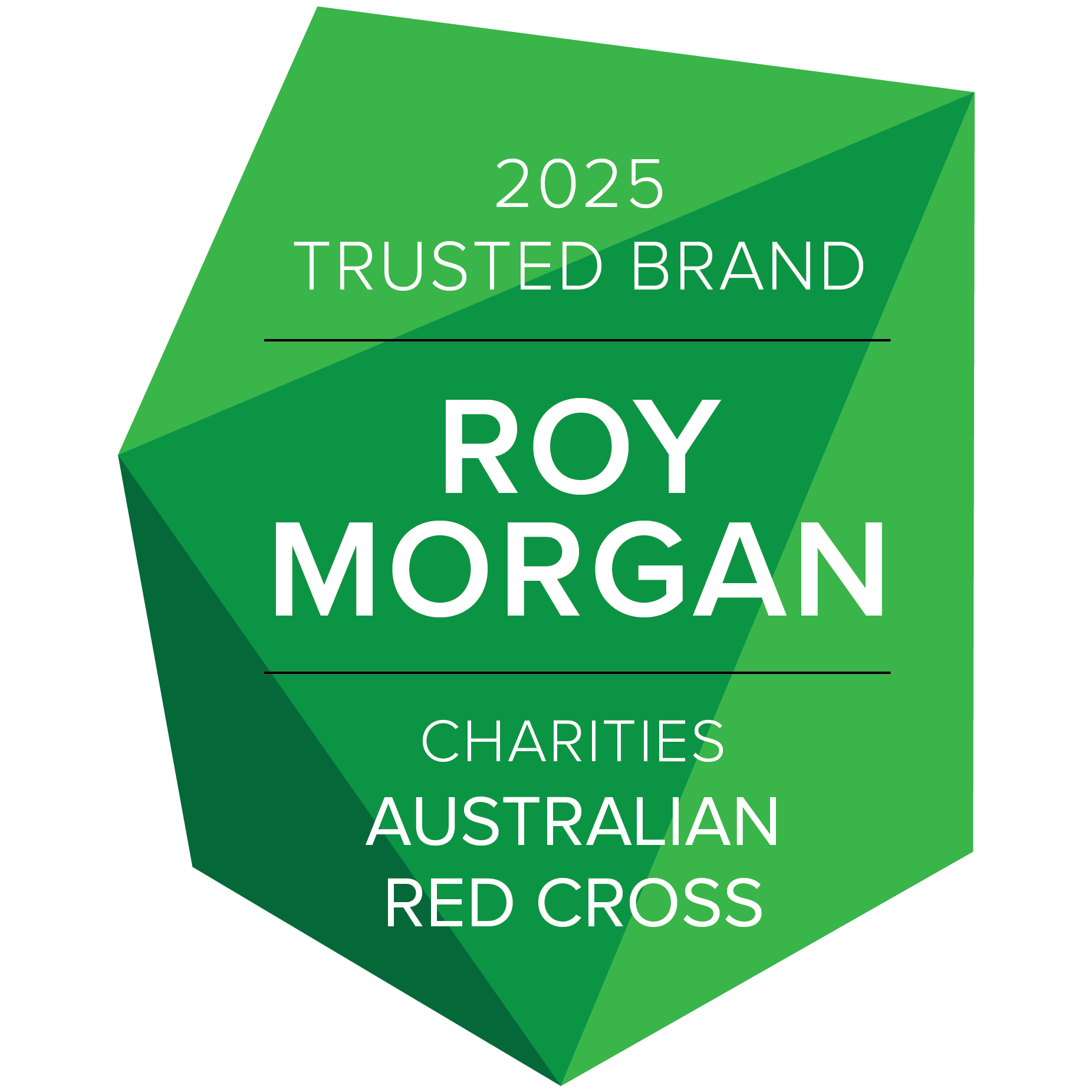Information contained in this statement is accurate as at the date of publication noted above. For updated or further information on this topic, please contact Australian Red Cross via the details provided below. The position statement is also available to download.
Australian Red Cross recognises that:
- The International Red Cross and Red Crescent Movement (the Movement), which includes Australian Red Cross, has been calling for the prohibition and elimination of nuclear weapons since 1945.
- This call is driven by the unspeakable suffering and devastation caused by the atomic bombings of Hiroshima and Nagasaki, by the suffering Australia’s First Nations People experienced from the effects of nuclear weapons’ testing in their homelands, and by the increasing risk of nuclear weapons being used again by intent, miscalculation, or accident.
- This call is also driven by the Movement’s unique humanitarian mandate to promote awareness of and respect for international humanitarian law (IHL).
- IHL, also known as the laws of war, is a set of international laws that is designed to reduce human suffering during wartime. These rules protect people who are not part of the fight, like civilians, medical personnel and humanitarians, and they also limit how war is fought. As part of these rules, weapons that cannot distinguish between civilians and the military, and weapons that cause unnecessary suffering, superfluous injury or widespread, long-term and severe damage to the environment are prohibited.
- The use of nuclear weapons is incompatible with the rules and principles of IHL. It encompasses an understanding that these weapons cause unspeakable suffering, are impossible to control in terms of their effects, create a large and unnecessary risk of escalation of conflict, and pose a serious threat to the environment, to future generations and to the survival of humanity.
- As experienced first-responders to emergencies and catastrophes all over the world, we also know that there is no viable emergency service or effective medical response plan for a nuclear detonation. Even as the world’s largest international humanitarian network, whose Fundamental Principle of Humanity requires us to prevent and alleviate suffering, we would be unable to respond adequately to any use of nuclear weapons.
- It is for these reasons and more that the Movement, including Australian Red Cross, has been working to prohibit and eliminate nuclear weapons to guarantee that they can never be used again.
- Every step in this journey to eliminate nuclear weapons has been an important one – but none more so than the entry into force of the Treaty on the Prohibition of Nuclear Weapons (TPNW) in January 2021. The treaty brings us closer to a safer, nuclear-weapons-free world. For the first time ever, the threat of their use, development, production, testing and stockpiling becomes illegal for countries that have ratified the treaty so far.
- The treaty’s activation begins a shift in international legal norms and generates a stigma around these most abhorrent and inhumane weapons, with ramifications for defence policy, military doctrine, weapons manufacturing, and banks and super fund investment, as was the case when cluster munitions, chemical and biological weapons, and landmines were outlawed.
- While the entry into force of the TPNW marks a historic turning point, the risk of use of these weapons, whether with intent or by miscalculation or accident, has increased in recent years to levels not seen since the Cold War. This deeply concerning development adds urgency to our efforts to urge all States to prohibit and eliminate nuclear weapons.
- There are range of disarmament and non-proliferation processes that the Australian Government supports but at this point the TPNW is not one of them. The Movement appeals to every nation, including Australia, to sign up to the treaty because the only way to stop the threat nuclear weapons pose is to eliminate them.
Australian Red Cross notes that:
- Evidence of the human suffering caused by nuclear weapons was revealed to the world in 1945 following the nuclear detonations in Hiroshima and Nagasaki
- Tens of thousands of people were killed instantly, medical facilities were obliterated and survivors faced appalling conditions.
- An International Committee of the Red Cross (ICRC) aid worker, Dr Marcel Junod, was the first non-Japanese doctor to see what had happened to Hiroshima, reporting that on the day of the disaster, of the thousand patients taken into the Red Cross hospital, six hundred had died almost immediately.
- Dr Junod also noted the consequences of the bomb for Hiroshima's medical corps, reporting that out of 300 doctors, 270 died or were injured, and 1654 nurses perished or were injured.
- Tens of thousands more people died in the following years due to radiation poisoning, with an estimated 340,000 deaths across both cities over the next five years.
- To this day, Japanese Red Cross hospitals continue to care for survivors of radiation exposure and their descendants.
- Australia’s First Nations People still suffer today from the effects of nuclear weapons testing in their homelands. Twelve major nuclear weapons tests and hundreds of small-scale tests were conducted in Australia by the United Kingdom between 1952 and 1963.
- The risk of nuclear conflict or accident is higher now than it has been for decades. There are 13,000 nuclear bombs in the world today, up to 2000 of which are ready to be launched in an instant. The power of many of those warheads is tens of times greater than the weapons dropped on the Japanese cities of Nagasaki and Hiroshima.
- On 7 July 2017, the United Nations General Assembly passed the TPNW and on 22 January 2021, the treaty entered into force. The TPNW is the first legally binding international agreement to comprehensively prohibit nuclear weapons. At present, there are 91 signatories and 68 state parties to the TPNW. Australia is currently not party to this treaty.
- In addition to the TPNW, there are other nuclear weapons agreements with similar objectives, to which Australia is party, including:
- The Nuclear Non-Proliferation Treaty (NPT), which commits States Parties to nuclear non-proliferation, nuclear disarmament, and peaceful uses of nuclear energy.
- The Comprehensive Nuclear-Test-Ban Treaty (CTBT), which bans all nuclear test explosions. While this treaty has yet to enter into force, Australia provisionally applies these obligations.
- The South Pacific Nuclear Free Zone Treaty, which establishes a nuclear weapons free zone in the region.
Recommendations
Recommendation 1
All States, including Australia, sign and ratify the Treaty on the Prohibition of Nuclear Weapons and to take steps to de-escalate tensions and work towards nuclear disarmament.
Recommendation 2
The Australian Government continue to engage in dialogue with nuclear-weapon States on steps that will diminish the role and significance of nuclear weapons in all military and security concepts, doctrines and policies.
Recommendation 3
The Australian Government continue to promote adherence to and implementation of other nuclear weapons agreements with similar objectives to the Treaty on the Prohibition of Nuclear Weapons, including the Nuclear Non-Proliferation Treaty, the Comprehensive Nuclear-Test-Ban Treaty and regional treaties establishing nuclear weapon-free zones.
Recommendation 4
The Australian private sector, particularly the financial and insurance services industry, consider the legal, financial and reputational risks associated with investing in nuclear weapons and develop policies and practices that respond to this risk, including adjusting financial capital flows away from companies connected with the production of nuclear weapons.
Further information
Contact
Contact us for more information:
lawsofwar@redcross.org.au




